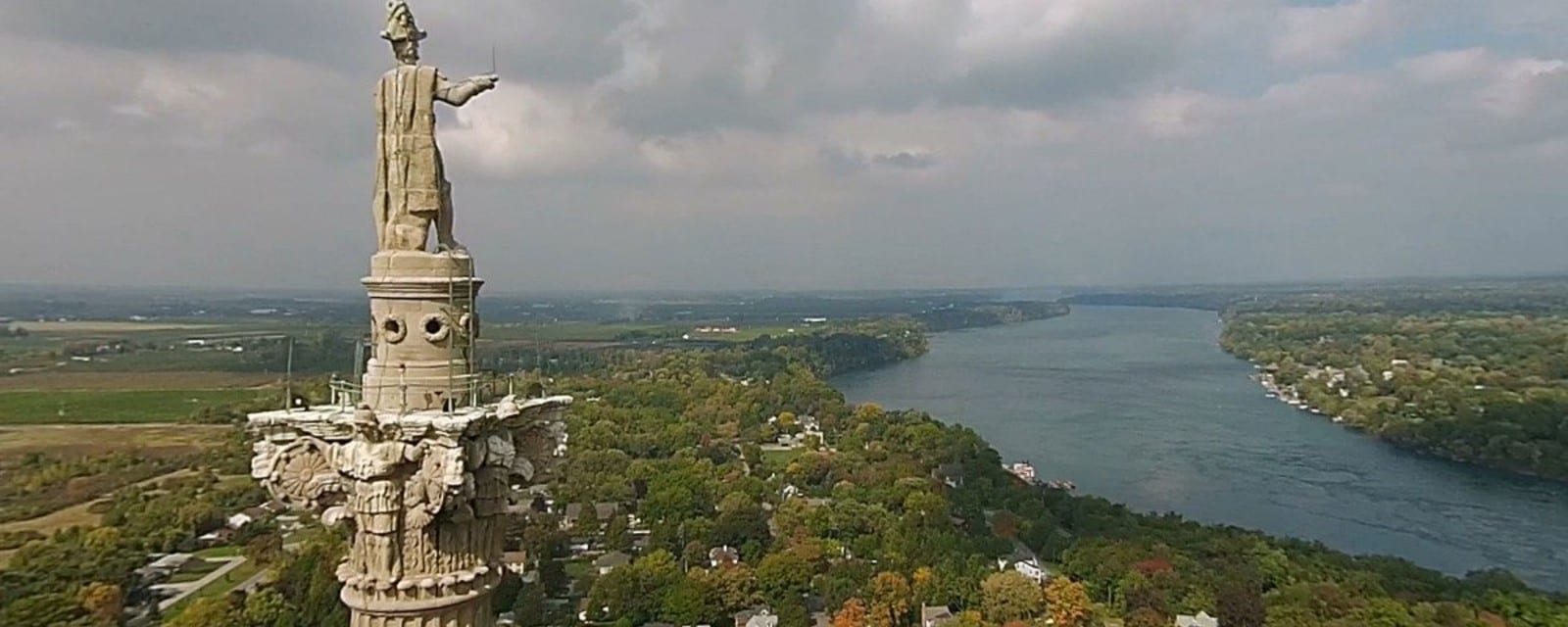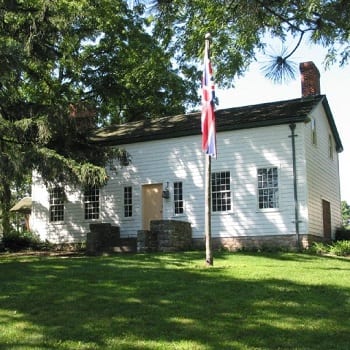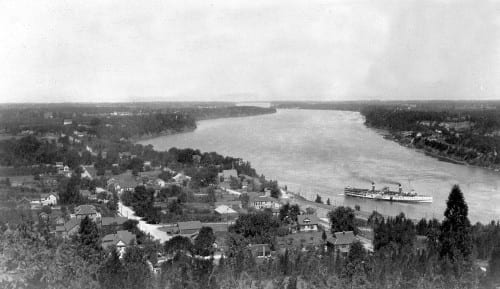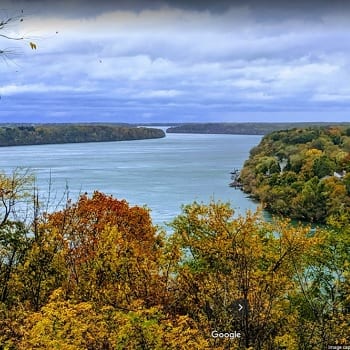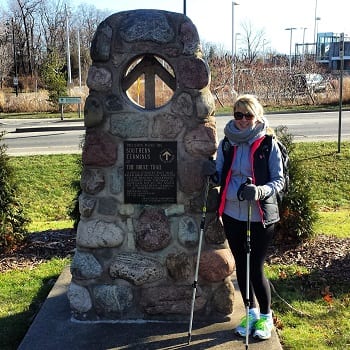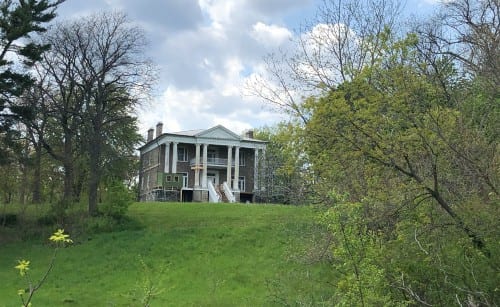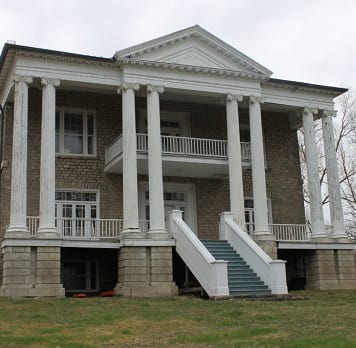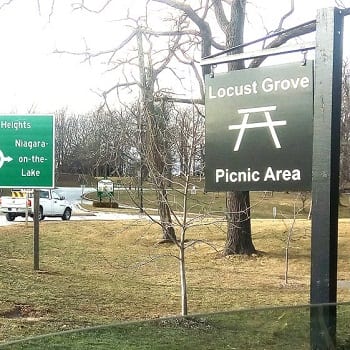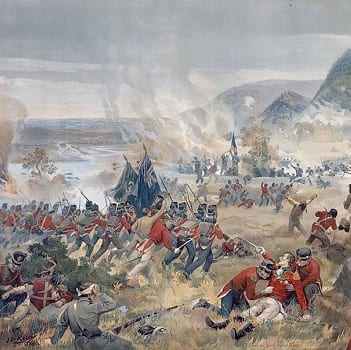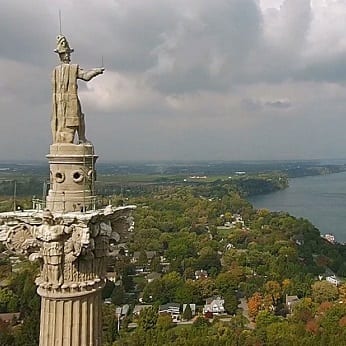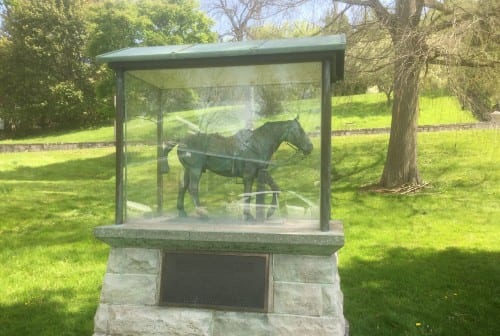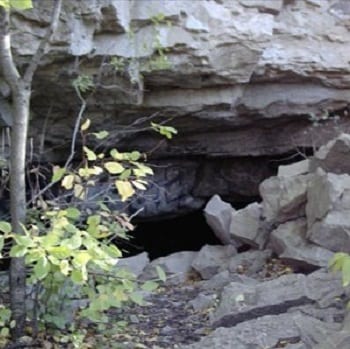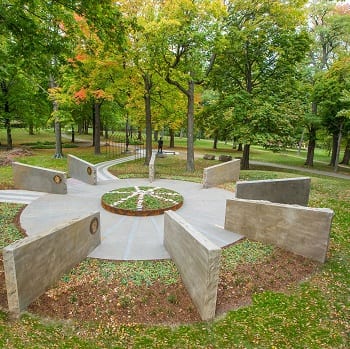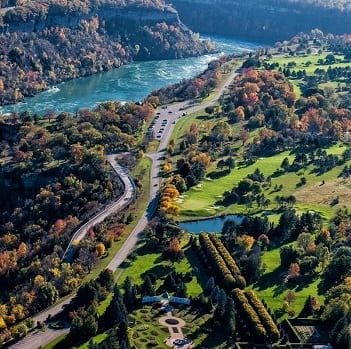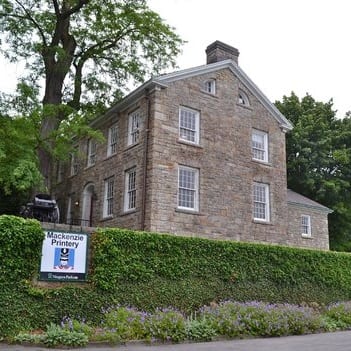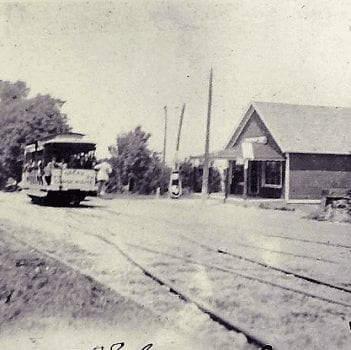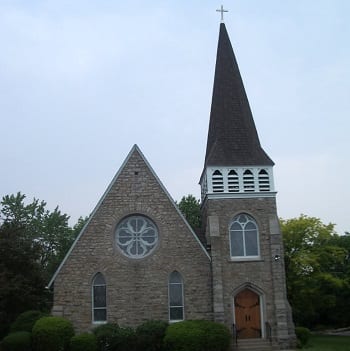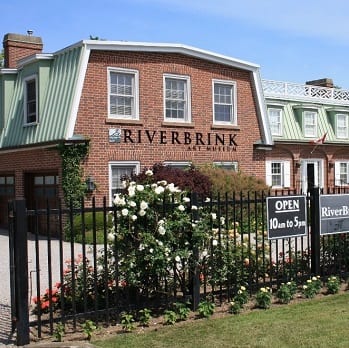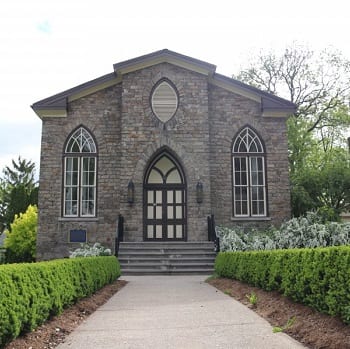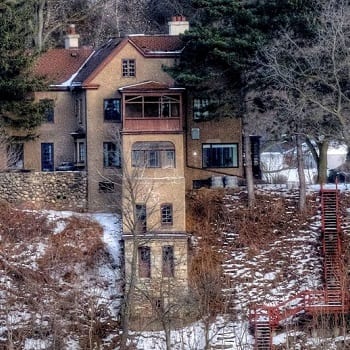Laura Secord (née Ingersoll) was a heroine of the War of 1812. Her story has become legendary, and Secord herself mythologized in Canadian history.
Laura’s father moved his family to the Niagara Peninsula in 1795 and ran a tavern at Queenston. In June 1813, with Queenston occupied by American troops, Laura listened to the conversation of some American officers dining at Laura’s house, that the Americans intended to surprise the British outpost at Beaver Dams. Laura resolved to take the message herself early the next morning.
The Laura Secord Homestead was her residence from 1803 to 1835. It was the starting point of Laura’s perilous 20-mile journey to warn the British of an imminent American surprise attack in 1813.
Read more about Laura Secord | People of Small Towns
Don’t miss the Laura Secord Monument, located on the edge of the Niagara Escarpment in Queenston Heights Park:
“To Laura Ingersoll Secord, who saved her husband’s life in the battle on these Heights October 13th, 1812 and who risked her own in conveying to Capt. FitzGibbon information by which he won the victory of Beaverdams. Erected 1910”.
Laura moved from Queenston to Chippawa ON in 1835 when her husband James became a customs collector at the port of Chippawa.


